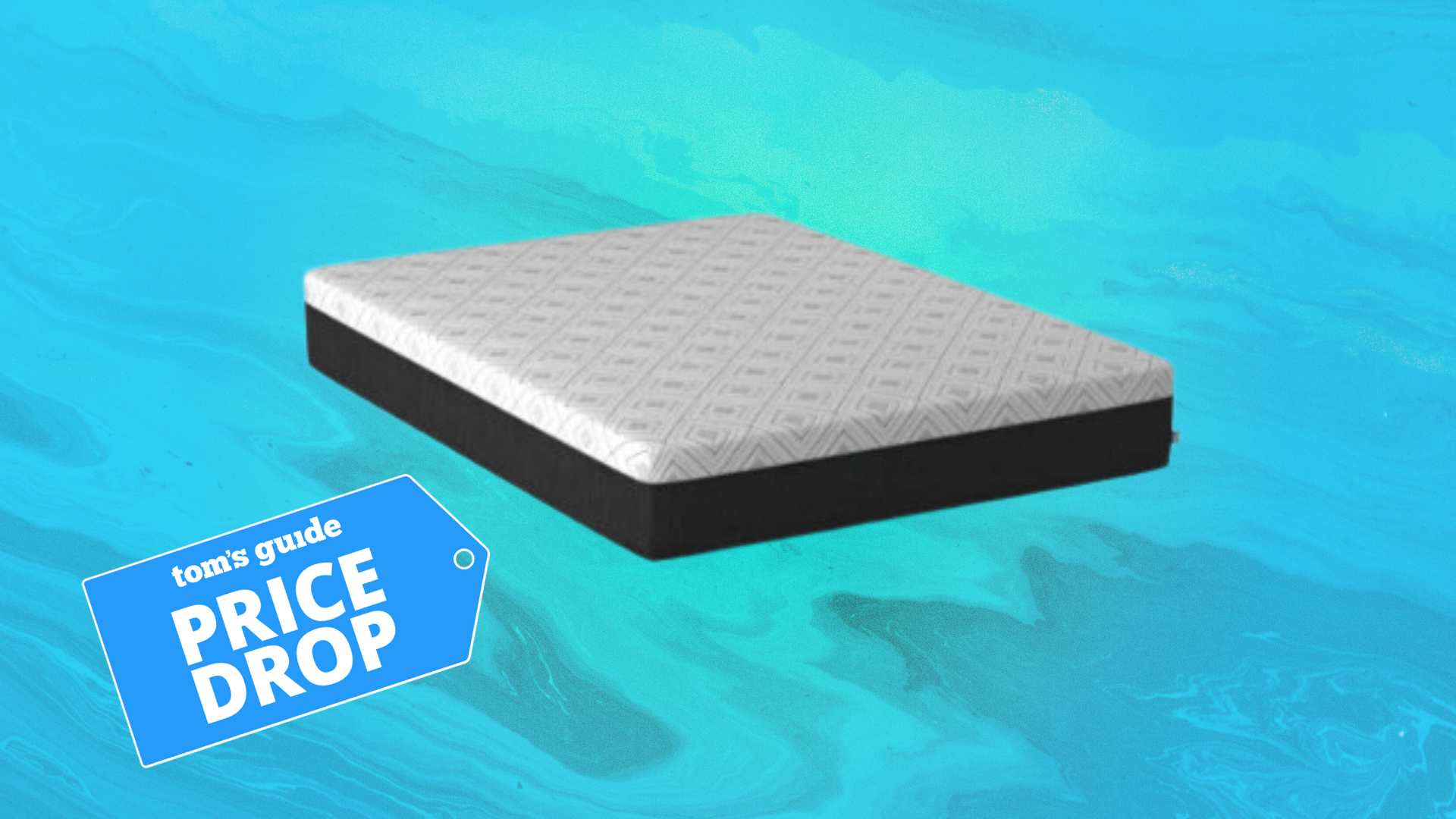What is the difference between aerobic and anaerobic exercise?
All cardio is not created equally. Here’s what makes the two types of cardiovascular exercise different

Physical activity is a must for a healthy body, and there are almost as many ways to move as there are minutes in a day. So is it better to go for a leisurely walk around your neighborhood, or do a round of sweat-inducing box jumps that leave you breathless? Will both types of exercises benefit your body in the same way and “count” towards your fitness goals?
Any type of exercise you do — from running to weightlifting to yoga — is considered either aerobic or anaerobic in nature. What is the difference between aerobic and anaerobic exercise? It all comes down to what your body is using for fuel.
What is aerobic exercise?
For some, the word “aerobic” is synonymous with leotard-clad fitness enthusiasts jumping around a gym in the 1980s. But aerobic exercise encompasses a much broader range of movement than Step classes or Jazzercise choreography.
Simply put, the word “aerobic” means “with oxygen.” During aerobic exercise, your body is using the oxygen you inhale to power your activity — your heart rate and breathing rate increase, providing your muscles with the additional oxygen they need to keep moving. Aerobic exercise can usually be performed for long durations (20-30 minutes or more) without the need for rest.
Some examples of aerobic exercise include brisk walking or jogging, cycling, swimming, or moderately-intense workouts on cardio machines like ellipticals or rowers.
Here’s the pros and cons of using an elliptical vs a treadmill, plus, the best exercise bikes and the best under-desk treadmills to up your cardio from home.

What is anaerobic exercise?
Unlinke aerobic exercise, anaerobic exercise is performed at a greater level of intensity. As such, your muscles require more oxygen for fuel than your lungs can take in. Therefore your body has to turn to a different energy source — hence the name “anaerobic,” meaning “without oxygen.”
Get instant access to breaking news, the hottest reviews, great deals and helpful tips.
During anaerobic exercise, your muscles break down glucose through a process called glycolysis in order to quickly produce the energy they need. Because of its intensity, anaerobic exercise can only be performed for short durations (a few seconds to a few minutes) before rest is needed.
Some examples of anaerobic exercise include High Intensity Interval Training (HIIT), weightlifting, sprinting, and rigorous plyometrics.

What are the benefits of aerobic and anaerobic exercise?
According to this 2017 review, both aerobic and anaerobic exercise is beneficial for your overall fitness. Either type can strengthen your heart, improve circulation, aid in maintaining a healthy weight, and boost your mental health. And according to the Centers for Disease Control, both aerobic and anaerobic exercise can lower your risk for cardiovascular disease, type 2 diabetes, and certain cancers.
From a conditioning standpoint, however, aerobic and anaerobic exercise have slightly different advantages.
Generally speaking, aerobic activity is an excellent choice for developing better stamina and muscular endurance and improving your cardiovascular health. It also tends to be more accessible to a greater number of people, especially those just starting to incorporate a regular exercise regimen into their lives.
Anaerobic activity places greater demands on the body, and in turn, your body will require more energy (or calories) in a much shorter time frame. This makes anaerobic exercise an incredibly efficient way to lose fat or gain muscle mass. But because of its required intensity, it may not be the best option for beginners or those with certain pre-existing medical conditions.

How often should you get aerobic and anaerobic exercise?
The CDC recommends 150 minutes of “moderate intensity” (or aerobic) physical activity a week. That translates to 30 minutes a day, 5 days a week. If you’re just starting out you may want to aim for slightly less, slowly increasing the time as your body adapts to new activity.
Remember that anaerobic exercise is harder on the body, so 2-3 days a week of high-intensity activity with at least one day of rest in between is sufficient. If it’s your first time trying HIIT, weightlifting, or any other kind of high-intensity exercise, clear it with your medical team prior to beginning. It would also be wise to hire a certified personal trainer, even for just a few sessions, to ensure proper form and reduce the risks of injury.
Of course, these recommendations may vary according to your specific athletic goals. If you’re training for a marathon or other endurance events, your minutes per week of aerobic exercise will be higher. If you’re prepping for a powerlifting meet, most of your workouts will consist of anaerobic exercise.
Looking for more workout inspiration? Here’s the best running shoes if you’re gearing up for your first race, the best fitness trackers for helping you track your goal, and the best adjustable dumbbells for training at home.

Jennifer Rizzuto is a freelance writer and certified personal trainer based in Long Island, NY. She covers various fitness-related topics and reviews for Tom's Guide. She also writes sketch comedy and short films, and performs frequently as an actor, singer, and improviser. When she's not writing, working out, or performing, you'll find her trying to convince her husband to get a dog.
